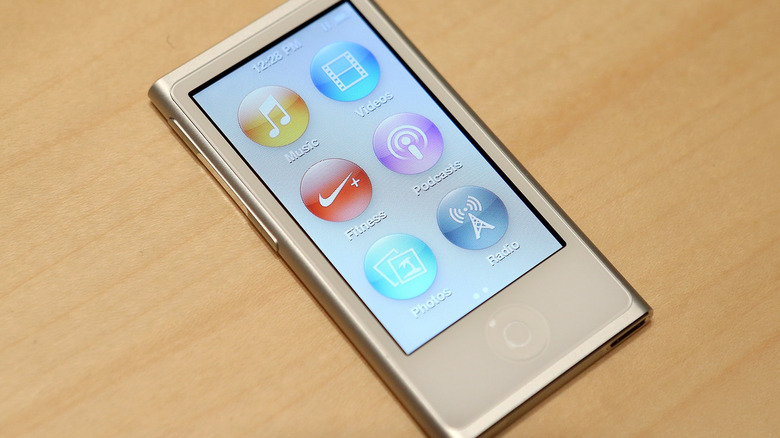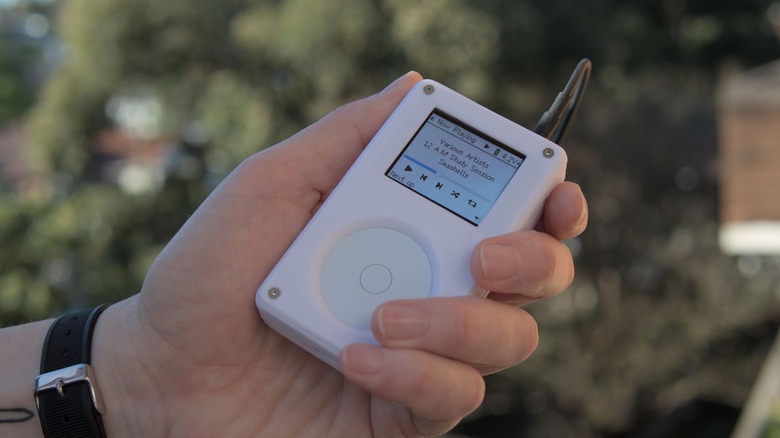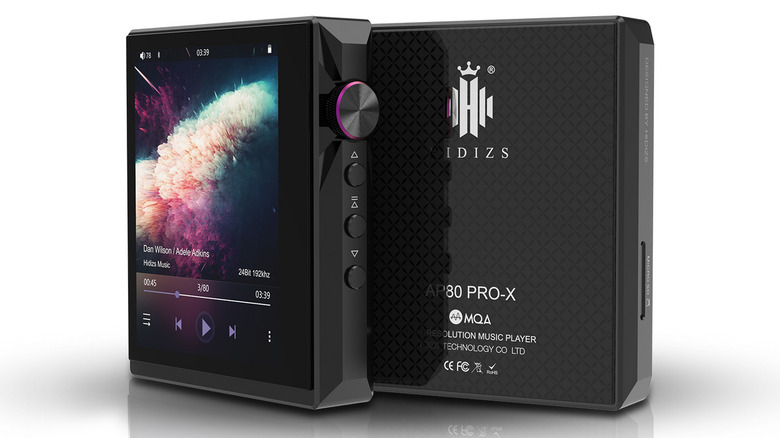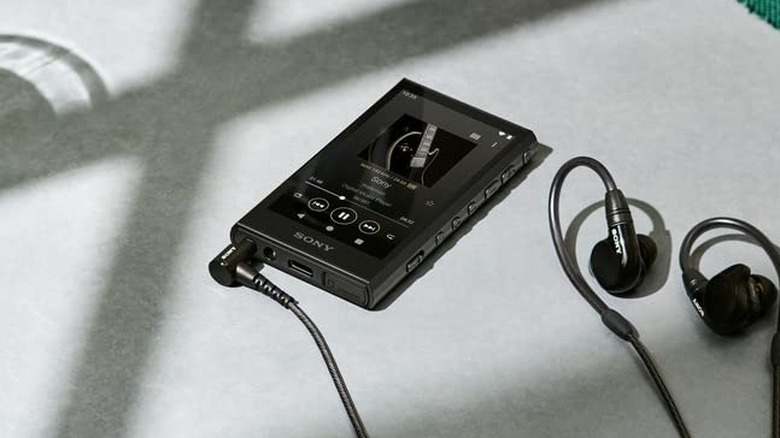Apple Says The iPod Nano Is Officially Dead: Here's Are The Best Alternatives
We may receive a commission on purchases made from links.
In July 2015, Apple updated the iPod Nano and iPod shuffle for the last time. The 7th generation iPod Nano and the 4th generation iPod shuffle proved to be the last products of their kind. Years after discontinuing, 2024 marks the year when these two classic products have finally graduated from vintage to obsolete status. For the unaware, Apple maintains a tier system of old products separated across vintage and obsolete. For a product to get classified as obsolete, its official distribution must have stopped at least seven years ago. That effectively means the end of the maintenance and repair lifelines for such products.
"Apple discontinues all hardware service for obsolete products, and service providers cannot order parts for obsolete products," explains the company. With the iPod Nano and its Shuffle entering the "obsolete" graveyard, the only other music player left in Apple's portfolio outside that league is the iPod Touch, which was officially discontinued in 2022, bringing the curtains down on a product family with over two decades of remarkable history.
Now, as Apple would put it, "the music lives on." But that's more like a technicality, as the company is banking on Apple Music, which is available across its modern product portfolio, to carry on the iPod's musical legacy. If you seek the charm of a dedicated music player to replace the iPod in your life, there are still a handful of reliable options in the market. Some offer a lot (read: audiophilic stuff) than the iPod could ever muster.
Tangara
If you've made it this far, you're clearly stung by the nostalgia bee. Feeding right into that frenzy is the Tangara, a crowd-funded portable music player project that squarely brings back the iPod charm from the dead and fittingly went over 2,700% on its crowdfunding goal. It's got oodles of retro charm, preserves the iconic scroll wheel, offers a choice between Bluetooth and 3.5mm wired output, and packs in a Cirrus Logic DAC as well as a Texas Instruments amplifier to charm the audiophiles. Up front is a 1.8-inch TFT screen with 18-bit color output.
Though it may sound fairly basic for something that commands a $250 asking price, this music player was developed to be endlessly customizable. The software is open-source, which means you can customize the interface to your heart's content. Similar is the situation with the hardware kit, which is open for DIY and 3D-printing enthusiasts.
"The display and input hardware can be swapped out independently of the main board," says the company behind it. That means users can customize the whole package by changing the display panel, adding more buttons, upgrading the speaker or jack assembly, and, of course, jazzing up the enclosure to best suit their taste in music players. In a nutshell, this tiny little music player is not only iPod nostalgia on steroids but also fantastic news for anyone concerned about the repairs and upgrades. And oh — it has space for an SDXC card up to 2TB capacity, no less.
Hidizs AP80 PRO-X
One of the best options out there that won't demolish bank accounts and doesn't make too many omissions, the Hidizs AP80 PRO-X has amassed a solid reputation, and rightfully so. Armed with dual DACs and a Precision FPGA Chip, this one features a 2.45-inch HD touchscreen and also surprises with step counter and ebook reader functions. This Hi-Res audio player is made out of aluminum alloy that also embraces a glass shell for the rear face. In Bluetooth mode, it supports APT-X and Sony's LDAC codecs, in addition to the HiBy UAT format, reaching a peak of 192kHz for audio signals.
There's also support for Hi-Res Audio Wireless (HRAW) format that allows it to handle 24-bit, 96kHz streams. For those who swear by the wired route for a good music listening experience, this portable music player offers single-ended 3.5mm and balanced 2.5mm jacks, complete with support for audiophile codes such as MQA 8X. You also get analog gain control and native support for DSD64/128/256 audio formats for high-accuracy output.
Notably, it also offers native support for macOS and iPadOS, if you're wondering about that. Hidizs is promising a standby time of 40 hours for the AP80 PRO-X and a listening time of over eight hours per charge. For all that goodness, you'll have to pay $179. As far as styling goes, this one is available in a stunning black shade, in addition to blue and gray colors.
Sony NW-A306 Walkman
Nobody wants yet another operating system in their life, and for folks used to the fluidity offered by Apple, it's hard to deal with custom interfaces. The Sony NW-A306 Walkman portable music player offers some respite, thanks to the flexibility of Android. Certified for Hi-Res audio playback in wireless mode (thanks to LDAC support), Sony says its music player can eclipse the CD (24 bit / 96kHz) benchmark and can handle the DSD formats at up to 11.2MHz range.
In Bluetooth mode, aptX shoulders the responsibilities of high-quality music playback, while audiophiles will be better served by support for MQA audio files. For folks who prefer their music playback with an added dash of immersion, the NW-A306 serves support for Sony's 360 Reality Audio system, which essentially makes users feel as if they are surrounded by all the audio streams. This one also leverages AI for what Sony markets as Digital Sound Enhancement Engine (DSEE), a tech that essentially upscales compressed audio files in real time.
The design is industrial chic, combining a monolithic clean chassis with the flexibility of a rather large 3.6-inch touch-sensitive screen on the front. As a cool callback to the classic Walkman stereo cassette player, Sony has also modified the listening UI to mimic the looks of the TPS-L2 on the playback and screensaver modes. For all that convenience, Sony will have you part ways with $348.



